Complete Solutions to 5 Mark Questions of chapter RESPIRATION IN PLANTS of Class 9 book with complete answers and questions
| Class 9 | BIOLOGY |
| Chapter | RESPIRATION IN PLANTS |
| OSWAL | 5 Mark Questions |
| Number Of Questions | 36 |
| Academic Year | 2023-24 |
Complete the following paragraph by filling in the blanks (i) to (x) with appropriate words:
Respiration is a (i) ................. process of releasing energy from simple sugar for carrying out life processes.
Glycolysis takes place in (ii) ............ and Krebs cycle takes place in (iii) . ............ Aerobic respiration proceeds in the presence of (iv)................... During this process, a total of (v) .......... molecule (s) of ATP is liberated from one mole of glucose. In animals, (vi) .................. is formed during anaerobic respiration. In yeast, (vii) .............. is broken down into (viii) ............... at the time of fermentation. Respiration is completely (ix) ........ to photosynthesis. Respiration occurs in all living cells but photosynthesis is only carried out in the cells containing (x).........
View SolutionGiven below is a diagram depicting a physiological process in man.
Study the same and answer the following questions :
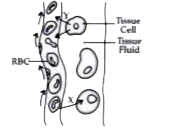
Name the process occurring in the diagram.
Explain the process mentioned in part (i).
View SolutionGiven below is a diagram depicting a physiological process in plants. Study the same and answer the following questions:
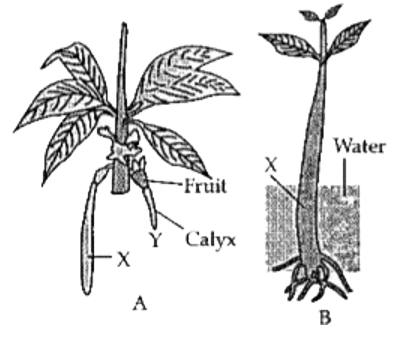
Label the part .X. and .Y..
View SolutionGiven below is a diagram depicting a physiological process in plants. Study the same and answer the following questions :
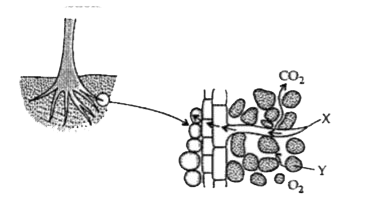
Define the part X.
View SolutionGiven below is a diagram depicting a physiological process in plants. Study the same and answer the following questions :

Define the part X.
View SolutionStudy the experimental set-up given below and answer the following questions:
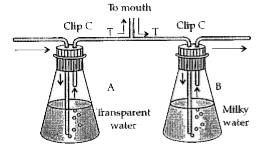
What is the aim of the experiment shown above ?
View SolutionStudy the experimental set-up given below and answer the following questions:
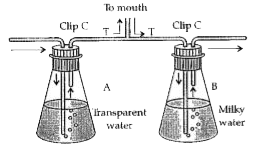
What is your observation for flasks .A. and .B.?
View SolutionStudy the experimental set given below and answer the following questions:

Name the chemical used to prevent bacterial growth. Explain how the bacteria would interfere with the experiment
View SolutionStudy the experimental set given below and answer the following questions:

Why do we use thermos flasks specifically for the experiment?
View SolutionStudy the experimental set-up given below and answer the following questions:
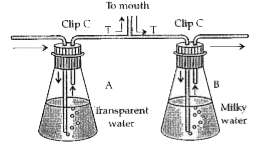
Which is the control set-up and why?
View SolutionStudy the experimental set-up given below and answer the following questions:

What is the aim of the experiment shown above ?
View SolutionStudy the experimental set given below and answer the following questions :
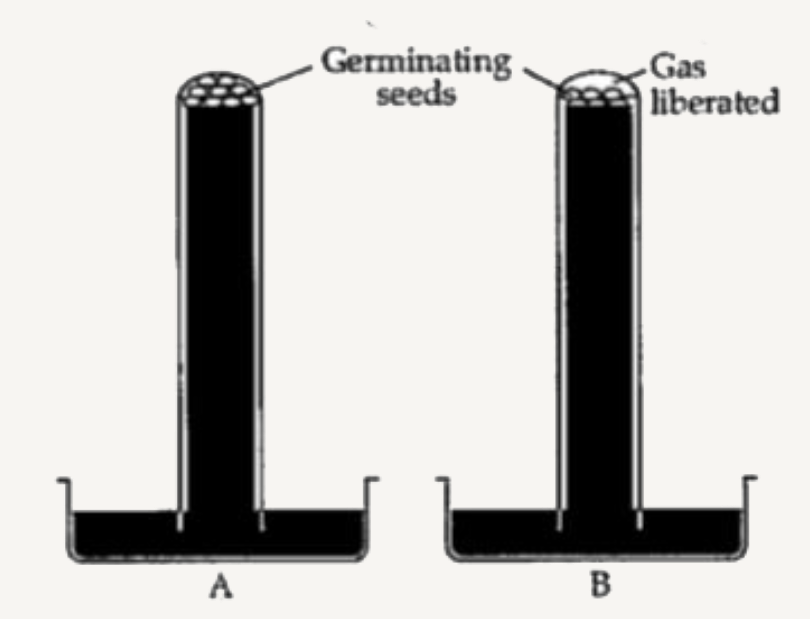
What is your observation after a few days for test tubes .A. and .B.?
View SolutionStudy the experimental set given below and answer the following questions :

Name the chemical filled in the test tubes. Explain how the above mentioned chemical would interfere with the experiment.
View SolutionStudy the experimental set given below and answer the following questions :

Which gas is liberated in this experiment?
View SolutionStudy the experimental set given below and answer the following questions :

Which is the control set-up and why?
View SolutionStudy the experimental set given below and answer the following questions :

What is the aim of the experiment shown above?
View SolutionStudy the experimental set given below and answer the following questions :

What is your observation after a few days for flasks .A. and .B.?
View SolutionStudy the experimental set given below and answer the following questions :
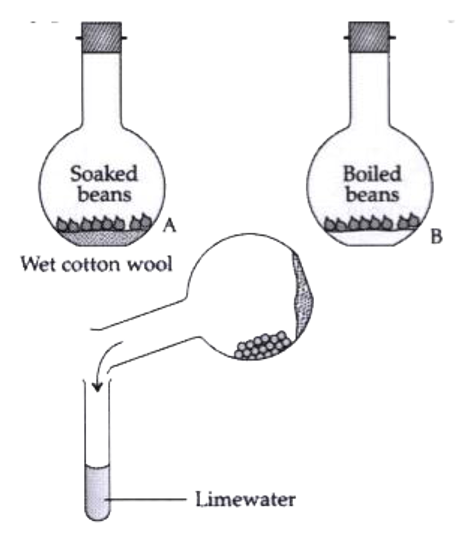
Name the chemical used to prevent bacterial growth.
View SolutionStudy the experimental set given below and answer the following questions :
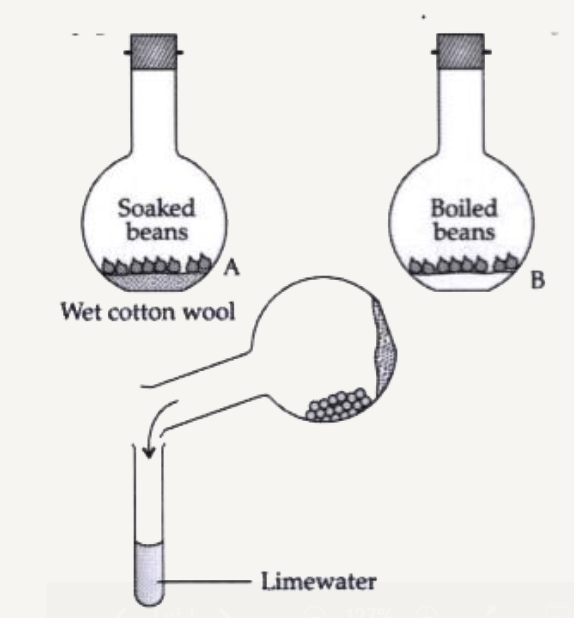
Which gas is observed in flask .A. in this experiment?
View SolutionStudy the experimental set given below and answer the following questions :
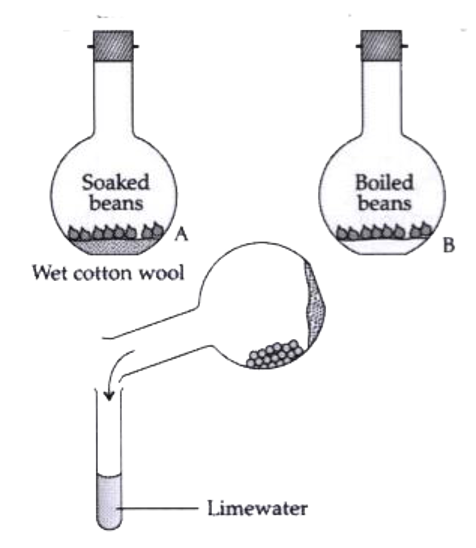
Which is the control set-up and why?
View SolutionStudy the experimental set given below and answer the following questions :
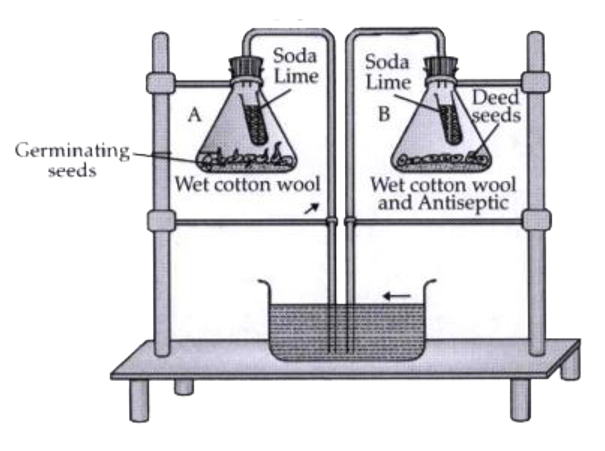
What is the aim of the experiment shown above?
View SolutionStudy the experimental set given below and answer the following questions :
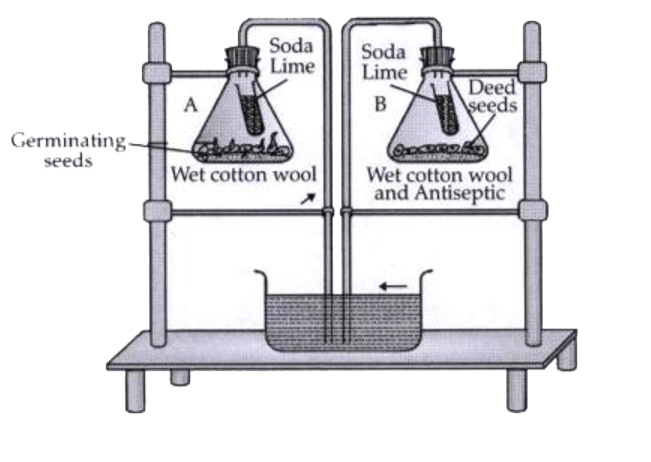
What is your observation after a few days for flasks .A. and .B.?
View SolutionStudy the experimental set given below and answer the following questions :

Name the chemical filled in the test tubes. Explain how the above mentioned chemical would interfere with the experiment.
View SolutionStudy the experimental set given below and answer the following questions :

Why there is slight increase in the level of water in the delivery tube of flask‘B?
View SolutionStudy the experimental set-up given below and answer the following questions:

Which is the control set-up and why?
View SolutionStudy the experimental set-up given below and answer the following questions:

What is the aim of the experiment shown above ?
View SolutionStudy the experimental set-up given below and answer the following questions:

What is your observation for flasks .A. and .B.?
View SolutionStudy the experimental set given below and answer the following questions :

How do you confirm that there is no carbon dioxide in flask.C.?
View SolutionStudy the experimental set given below and answer the following questions :

Why does the lime water turn milky in flask .D.
View SolutionStudy the experimental set-up given below and answer the following questions:

Which is the control set-up and why?
View SolutionStudy the experimental set given below and answer the following questions :
What is the purpose of keeping potassium hydroxide solution in the test tubes X and Y?
View SolutionStudy the experimental set given below and answer the following questions :
Why is the coloured water risen in Tubing 1?
View SolutionStudy the experimental set given below and answer the following questions :
What is the purpose of keeping boiled peas soaked in a disinfectant in test tube Y?
View SolutionStudy the experimental set given below and answer the following questions :
Name the biological process shown in the experiment.
View SolutionStudy the experimental set given below and answer the following questions :
Define the biological process shown in the experiment.
View SolutionHow are aerobic and anaerobic respirations different in plants.
View Solution
5 Mark Questions questions and complete solutions for chapter RESPIRATION IN PLANTS of ICSE of Class 9